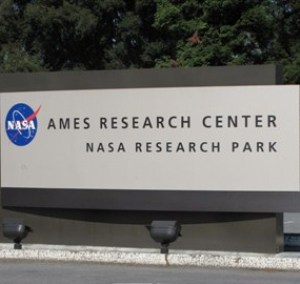NASA probe’s instruments begin inspection of Martian soil samples
 Washington, June 14 : Two instruments on NASA’s Phoenix Mars Lander have begun inspecting Martian soil samples delivered by the scoop on the probe’s arm.
Washington, June 14 : Two instruments on NASA’s Phoenix Mars Lander have begun inspecting Martian soil samples delivered by the scoop on the probe’s arm.
The instruments are a microscope and a bake-and-sniff analyzer.
According to Phoenix Principal Investigator Peter Smith of the University of Arizona, Tucson, US, “This is the first time since the Viking missions three decades ago that a sample is being studied inside an instrument on Mars.”
Stickiness of the soil at the Phoenix site has presented challenges for delivering samples, but also presents scientific opportunities.
“Understanding the soil is a major goal of this mission and the soil is a bit different than we expected,” said Smith. “There could be real discoveries to come as we analyze this soil with our various instruments. We have just the right instruments for the job,” he added.
Images from Phoenix’s Optical Microscope show nearly 1,000 separate soil particles, down to sizes smaller than one-tenth the diameter of a human hair.
At least four distinct minerals are seen.
“It’s been more than 11 years since we had the idea to send a microscope to Mars and I’m absolutely gobsmacked that we’re now looking at the soil of Mars at a resolution that has never been seen before,” said Tom Pike, a Phoenix co-investigator working on the lander’s Microscopy, Electrochemistry and Conductivity Analyzer.
The sample includes some larger, black, glassy particles as well as smaller reddish ones.
“We may be looking at a history of the soil,” said Pike. “It appears that original particles of volcanic glass have weathered down to smaller particles with higher concentration of iron,” he added.
The fine particles in the soil sample closely resemble particles of airborne dust examined earlier by the microscope.
Studying dust on Mars helps scientists understand atmospheric dust on Earth, which is important because dust is a significant factor in global climate change. (ANI)